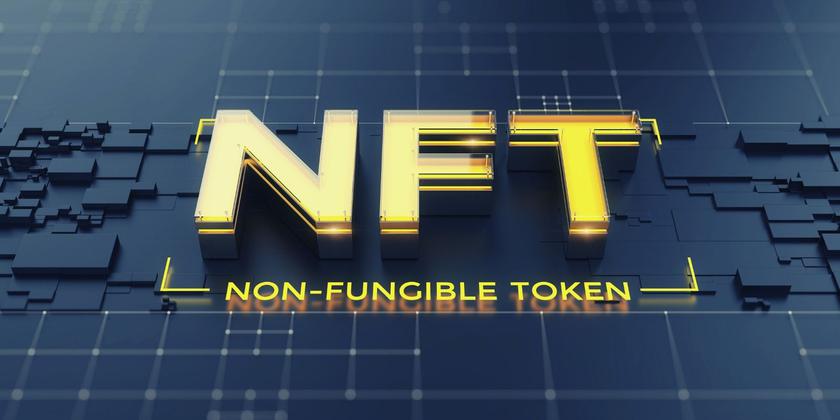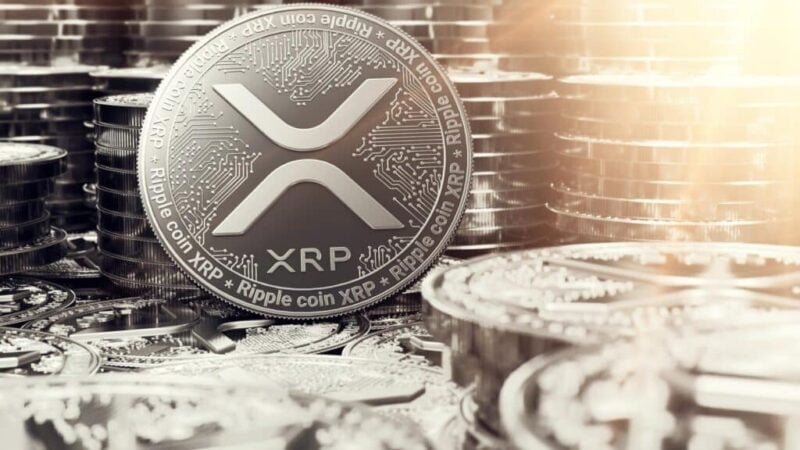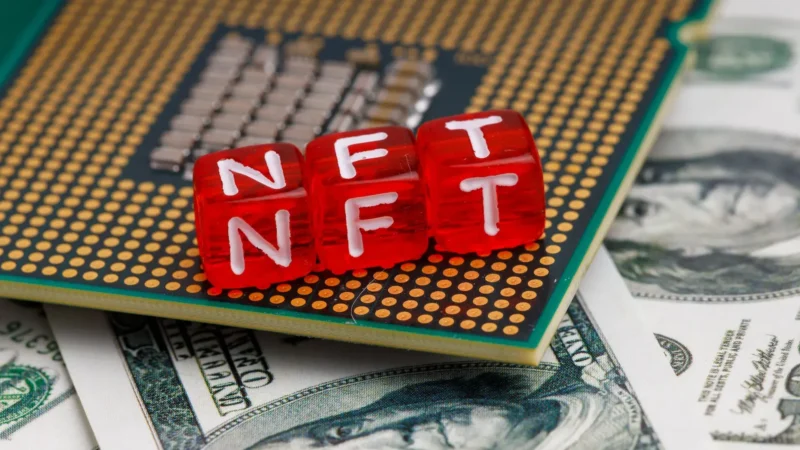Retail NFT buyers dominated the number of transactions in 2021

Non-fungible token (NFT) transactions valued at less than $ 10,000 accounted for over 80% of all NFT transactions on any day in 2021, according to blockchain analytics firm Chainalysis.
Under the title “The NFT Market Explained in 2021”, the company describes this year’s trends in NFT transactions in its publication on December 6th. The results are based on research conducted between January 21 and October 21, 2021 . The study classifies NFT transactions less than $ 10,000 as retail transactions, while transactions between $ 10,000 and $ 100,000 are considered collectors’ transactions. Institutional transactions are transactions worth over $ 100,000.
Second, after retail transactions, are collector transactions, which accounted for 6% of the pie in March. However, this percentage began to rise in early September and stood at 19% on October 31st, indicating an increased interest among collectors in NFTs. Institutional transactions accounted for less than 1% of total transfers.
Yet despite the small number of transactions, a significant portion of the actual trading volume was accounted for by institutional NFT buyers. Both institutions and collectors have held the lion’s share of the transfer volume since March. Transactions from collectors accounted for 63% of the volume, while institutional transactions accounted for 26% percent. The remaining 11% was attributable to private transactions.
NFT data 2021
From the perspective of the analysts, their results on NFT retail investors contrast with those of crypto retail investors. Retailers have a larger share in the number of transactions in NFTs, while their share in transactions in cryptocurrency is relatively small.
“The data shows that the NFT market is far more dominated by retail transactions than the traditional cryptocurrency market, where retail transactions make up a negligible portion of the total transaction volume.”
This year’s launch of cryptocurrencies was driven by several factors, according to a study by Cointelegraph. One of them is the earnings potential associated with NFTs, as evidenced by record sales of $ 17.7 billion expected this year.
In the past week alone, NFTs generated sales of $ 300 million. Almost a quarter of that amount came from buying land in the sandbox metaverse.
In addition, Chainalysis notes that at least $ 26.9 billion in cryptocurrency was sent to contracts ERC-721 and ERC-1155 this year. These two are the industry’s dominant Ethereum standards for NFTs.
Whitelist and secondary market
But even then, “only 28.5% of NFTs bought during minting and then sold on the platform resulted in a profit,” the report said. Customers whitelisted at an OpenSea coin operated event generated profits 75.7% of the time, compared to 20.8% without whitelisting.
“The data suggests that it’s nearly impossible to get above-average returns on coin purchases without being on the whitelist.”
Still, NFTs bought in the secondary market after minting returned a profit 65.1% of the time, the report said. This suggests that if you’ve missed the whitelist, buying NFTs in the secondary market is better for profitability.



